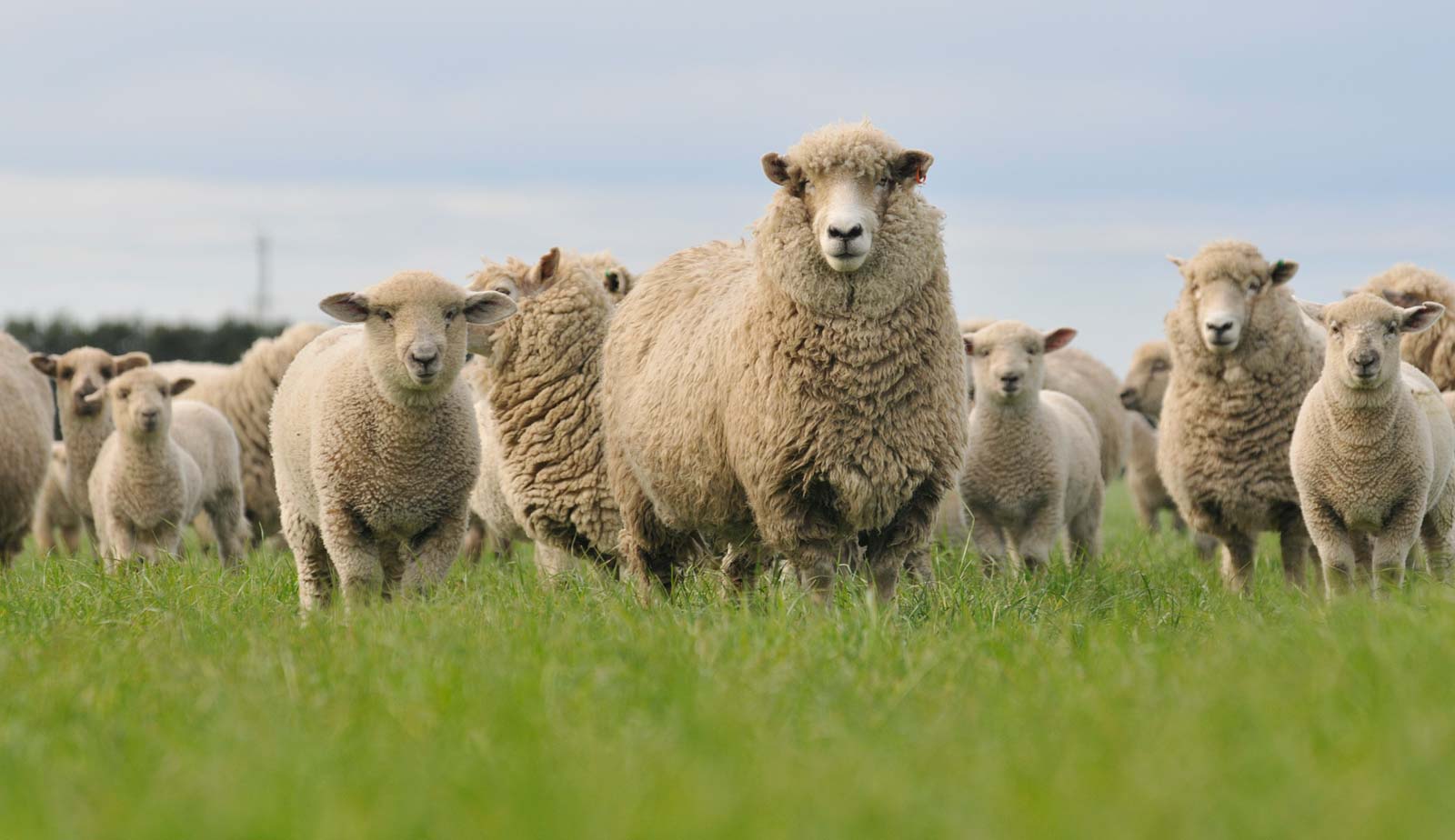AI or natural mating ahead of the main mob?
Friday 26th January 2024

There are times when a breeder would mate a group of ewes ahead of the main mixed-age mating, for example, when a link sire from another flock is used either by artificial insemination (AI) or natural mating. This may cause issues in the NZGE evaluation if not handled properly.
If these early-mated sires are connecting rams for benchmarking purposes, the impacts of poor correction can be more widespread, and in the worst case, could affect the ranking of the whole flock.
Recommendations for Best Data Collection:
-
At early mating, mate some stud ewes to a sire that will have progeny in the main lambing period at the same time as the AI or early-mate sire.
a. Mate sufficient ewes to generate about 20-30 progeny born at a similar time to the AI or early-mate sire.
b. This is often done by joining a sire with a ram harness with a larger number of ewes and removing it when sufficient ewes have been marked. -
At main mating, use the same sire mated to sufficient ewes to generate 20-30 progeny or more at main mating. This creates a genetic link between the early and main mob on which to calculate the correction factor for early lambing.
-
At weaning, code the early-born lambs as a separate mob.
Without a ram connecting the two birth periods, the system cannot distinguish between the genetic merit of the ram and the non-genetic environmental effects, such as more singles, grass quality, quantity of winter-saved grass, or poorer weather on the performance values.
If you have any questions about the information above, please contact us at nprove@blnzgenetics.com, or phone 0800 745 435.
 Previous
Previous


